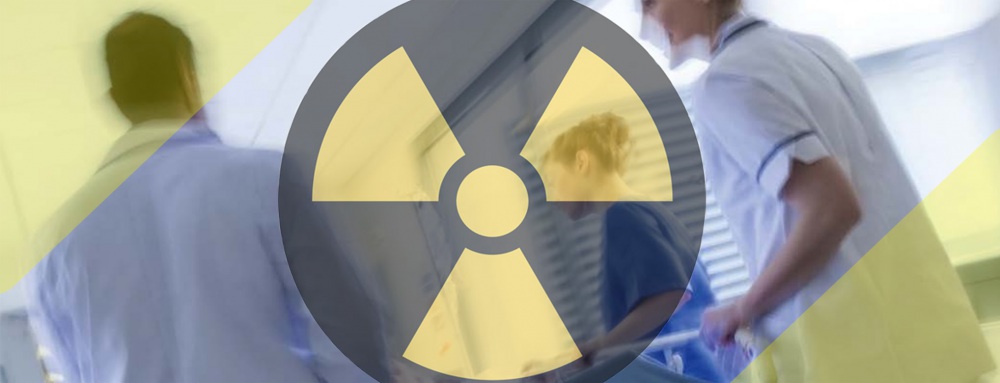Preventing a Dirty Bomb: Case Studies and Lessons Learned tells the stories of major urban areas and institutions in the United States that have made the decision to remove and replace medical and research devices containing cesium-137 with equally effective alternatives that do not pose the security risks associated with high-activity radiological materials. Although there is no regulatory mandate to achieve permanent threat reduction by removing these potentially dangerous sources, hospitals, research centers, and governments increasingly are recognizing the risks associated with radiological devices and are voluntarily removing and replacing them. This report outlines those risks and offers successful models for permanent risk reduction at a midsized research institution, Emory University; a very large, statewide university system, the University of California; and a major urban center, New York City.
The report identifies key roles played by federal, state, and local regulators, operators, and decision makers in implementing cesium-137 substitution strategies. It highlights the incentives, challenges, and information gaps that shape decisions to move away from cesium-137 irradiators.
The report also is intended to:
- Educate public health officials at the local and state levels, hospital chief operating officers and administrators, and other cesium-137 users about the advantages of alternative technologies: equivalent efficacy, improved security, reduced costs and liability, and more flexible research applications
- Identify and advocate for areas where adjustments to U.S. Nuclear Regulatory Commission (NRC) regulations and practices could do more to incentivize securing and replacing cesium-137 sources and devices
- Foster a network of technical professionals to facilitate collaboration and experience sharing among users and regulators in the field.
The “lessons learned” in this report are based on consultations with stakeholders in New York City, Atlanta, and California. NTI also surveyed other officials and administrators directly involved in replacing cesium-137 devices about their experiences. These case studies offer a roadmap for successful consensus building around cesium-137 and can be replicated in a wide range of institutional settings and major metropolitan areas. In addition to providing security benefits, alternative technologies to cesium-137 also can provide long-term cost savings and operational benefits.
Using x-ray irradiators reduces the need to maintain expensive surveillance systems and security procedures and eliminates the high costs of material disposal.



